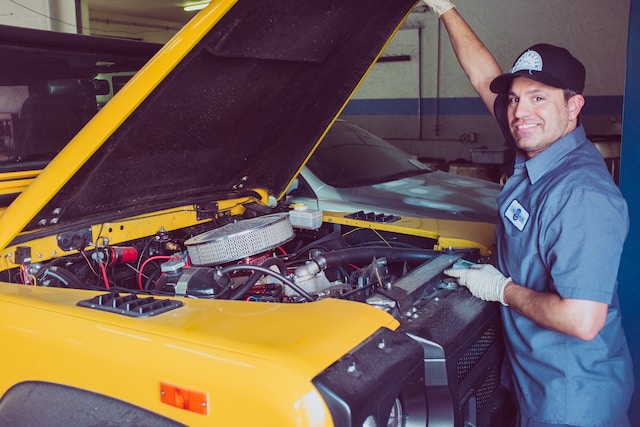Car enthusiasts, aspiring automobile engineers, or those who are simply curious about the intricacies of car manufacturing – this blog is for you! Building a car involves a complex series of processes and requires an in-depth understanding of engineering, design, and assembly techniques. In this article, we will take a closer look at the entire car building process, including concept development, design, engineering, prototyping, testing, and production. Whether you’re interested in building your own car from scratch or simply want to know how car manufacturers go from a concept to a roadworthy vehicle, keep reading to learn more!
Concept Development: All car building projects start with an idea, which can be born from various sources, such as consumer demand, technological advancements, environmental concerns, or simply an entrepreneur’s vision. The concept development phase aims to identify the target market, assess the feasibility of the idea, and refine it into a tangible plan. During this phase, teams of designers, engineers, and market specialists work together to create sketches, 3D models, and renderings that showcase the design, features, and performance of the car. The focus is on defining the key elements of the car, such as its size, shape, engine type, fuel efficiency, safety features, and connectivity.
Design: Once the concept is approved, it’s time to move on to the design phase. This involves creating detailed blueprints of every component of the car, including the chassis, body, engine, transmission, suspension, brakes, and electronics. The design phase requires an understanding of mechanical engineering principles, the physics of motion, and the properties of materials. Designers must take into account factors such as aerodynamics, weight distribution, and safety features while balancing aesthetics with functionality. Designers also typically use Computer-Aided Design (CAD) software to create 3D models of each component or subsystem of the car.
Prototyping and Testing: After the design phase, teams will build prototypes of the car. Prototypes are usually hand-crafted, and often the initial prototype does not include all the final features. Prototyping gives the team a chance to explore and evaluate various materials, research and development technique, and assembly methods to determine which is the most efficient. After prototyping, the car must be extensively tested to meet safety standards, performance benchmarks, and ensure that all features work as intended; electronic stability control, airbags and passive safety features must be tested in simulated crashes as well. If the prototype fails any of the tests, the car must go back to the design and prototyping phase before being tested again.
Production: After a successful prototype and test series, the car is now ready for mass production. Mass production of cars consists of an intricate representation of assembly line workflows, modern machinery and automate systems, and dedicated workers. The shift from prototyping to mass production requires the design team to collaborate closely and train production workers to ensure the vehicle’s quality, consistency and safety. The production line is designed to produce a large number of cars quickly and efficiently, starting with the skeletal frame and progressing from there. The assembly process involves a series of stages, such as paintshop, vehicle underbody, trim, and final assembly, to ensure the car is assembled correctly, and all features consequently installed.
Building a car is a complex and comprehensive process that requires a broad mix of skills, technical knowledge, creative vision, and attention to detail. It not only requires the efforts of designers, engineers, and production teams but also requires insights from market analyses about consumer demands and trends. Building a car requires intimate knowledge of the required systems such as mechanical engineering and electronics, as well as a broad range of specialized equipment. The good news is, the abundance of information available about the car manufacturing process means that anyone can learn how to build a car. Building a car can be fun but requires a lot of dedication to see it through to the end. Regardless of your goal, understanding how cars are built will give you a broader perspective of the entire automobile industry and help you appreciate the craftsmanship that goes into each and every car on the road today.


Leave a Comment